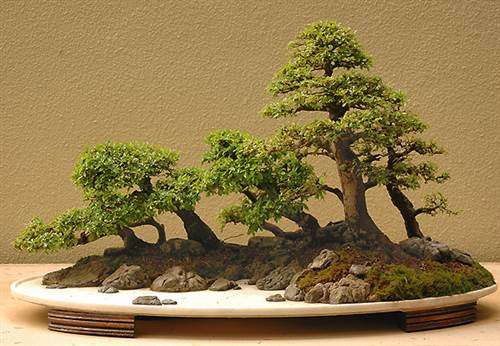
Ulmus Parvifolia - Chinese Elm / Lacebark Elm Tree - Bonsai - 5 Seeds
Shipping
Free shipping is available from Seeds for Africa for all orders above R700.00, using one of our trusted couriers.
Check my rate
Check my rate
Free collection is available from various lockers and counter collection points across South Africa, for all orders above R700.00 from Seeds for Africa
View locations
View locations
The seller has indicated that they will usually have this item
ready to ship within 3 business days.
Shipping time depends on your delivery address.
The most accurate delivery time will be calculated at checkout,
but in general, the following shipping times apply:
Standard Delivery
| Main centres: | 1-3 business days |
| Regional areas: | 3-4 business days |
| Remote areas: | 3-5 business days |
Seller
Buyer protection
Get it now, pay later









